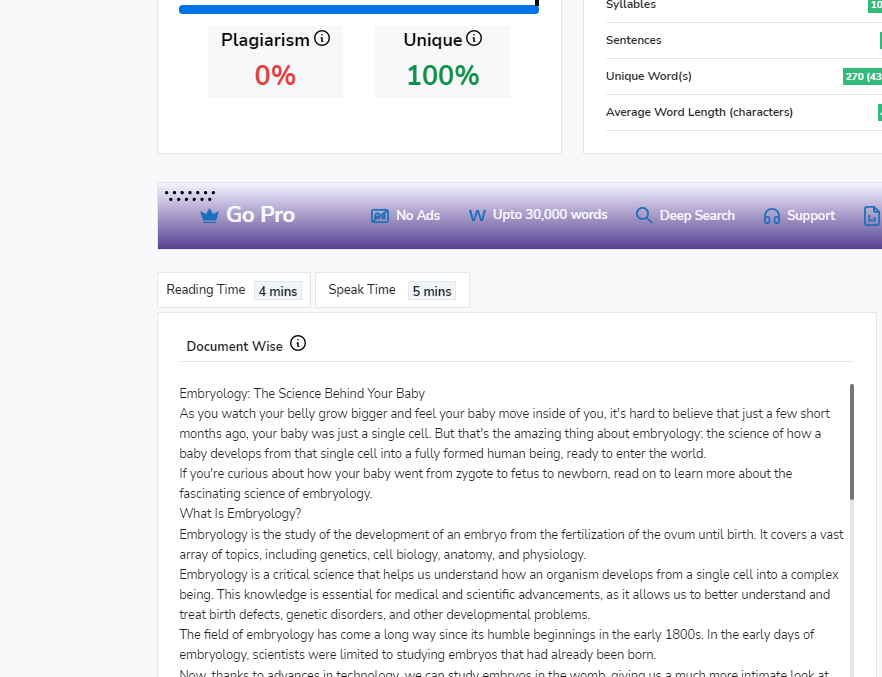
As you watch your belly grow bigger and feel your baby move inside of you, it’s hard to believe that just a few short months ago, your baby was just a single cell. But that’s the amazing thing about embryology: the science of how a baby develops from that single cell into a fully formed human being, ready to enter the world.
If you’re curious about how your baby went from zygote to fetus to newborn, read on to learn more about the fascinating science of embryology.
Embryology is the study of the development of an embryo from the fertilization of the ovum until birth. It covers a vast array of topics, including genetics, cell biology, anatomy, and physiology.
Embryology is a critical science that helps us understand how an organism develops from a single cell into a complex being. This knowledge is essential for medical and scientific advancements, as it allows us to better understand and treat birth defects, genetic disorders, and other developmental problems.
The field of embryology has come a long way since its humble beginnings in the early 1800s. In the early days of embryology, scientists were limited to studying embryos that had already been born.
Now, thanks to advances in technology, we can study embryos in the womb, giving us a much more intimate look at development.
Embryology is divided into two main branches:
Developmental embryology is further divided into two sub-branches:
Evolutionary embryology, on the other hand, is concerned with how embryos have changed over time in response to their environment.
Embryology is an important science with far-reaching implications. It helps us understand the complexities of human development and can be used to improve our health and the health of future generations.
The journey to becoming a baby starts with conception when the sperm fertilizes the egg. This single cell, now called a zygote, contains all of the genetic information that will determine your baby’s sex, hair and eye color, and much more.
The zygote begins to divide into two cells, then four, then eight, as it makes its way through the fallopian tube to the uterus. Once the zygote reaches the uterus, it implants in the lining of the uterus and begins to grow.
During the first trimester of pregnancy, your baby grows and develops rapidly. The heart and brain begin to form, and by the end of the first trimester, your baby’s heart is beating and he or she has developed all of the organs and systems that will be present at birth.
During the second and third trimesters, your baby continues to grow and develop. The bones and muscles begin to grow and strengthen, and by the end of the third trimester, your baby is fully formed and roughly the size of a watermelon.
The final weeks of pregnancy are spent in the womb, where your baby continues to grow and develop, gaining weight and getting ready for life outside the womb.
When your baby is ready to be born, labor and delivery begin. The muscles of the uterus contract and the baby is pushed through the birth canal. After a few hours (or sometimes days) of labor, your baby is born!
Welcome to the world, little one!
